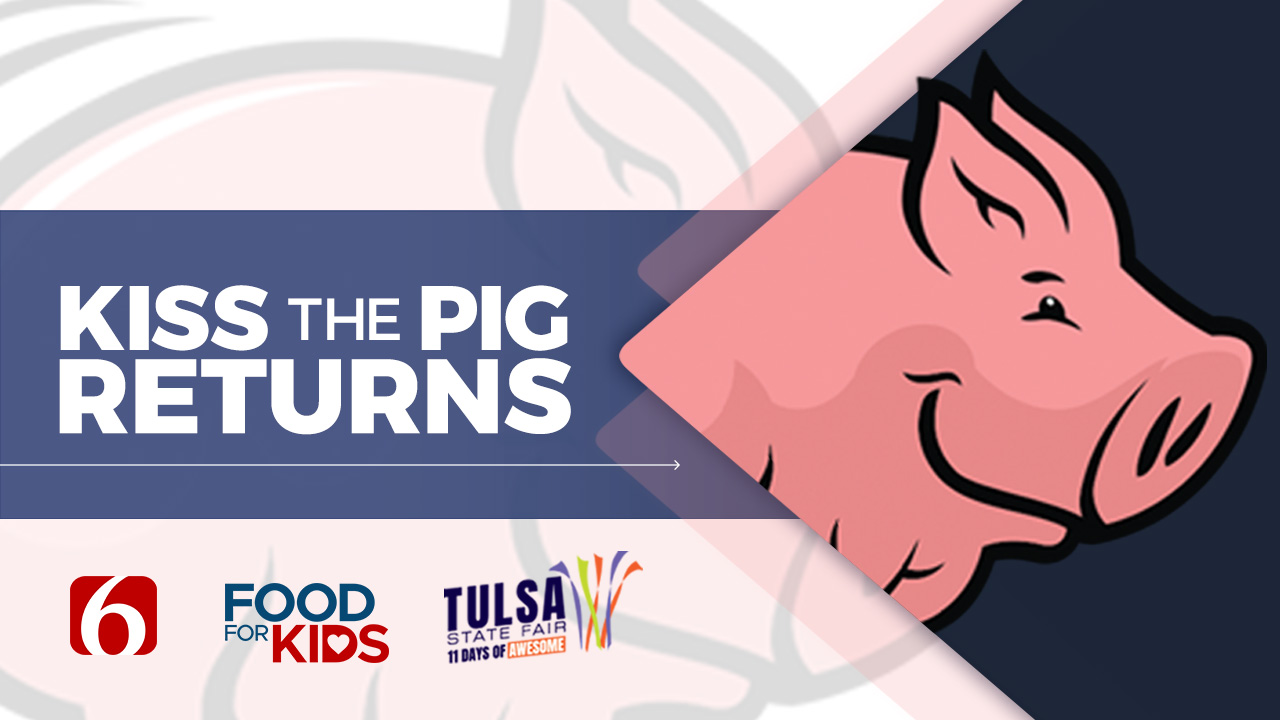Oklahoma Infant Mortality Rate Declines
The Oklahoma State Department of Health said Tuesday that the state's infant mortality rate has declined from 8.6 per 1,000 live births in 2007 to 7.9 per 1,000 live births in 2012.Tuesday, August 27th 2013, 12:20 pm
Oklahoma's infant mortality rate is declining but remains above the national rate.
The Oklahoma State Department of Health said Tuesday that the state's infant mortality rate has declined from 8.6 per 1,000 live births in 2007 to 7.9 per 1,000 live births in 2012.
But the state's infant mortality rate remains above the national rate of 6.15 per 1,000 live births recorded in 2010.
Suzanna Dooley, director of the agency's Maternal and Child Health Service, says about 90 fewer Oklahoma babies would die each year if the state matched the national rate.
"It is good news to finally begin to see a decline in infant mortality in Oklahoma. If we can reach the national IMR rate of 6.15 recorded in 2010, then about 90 fewer Oklahoma babies would die each year," said Suzanna Dooley. "Yet while we are seeing improvement, one infant death is still a tragedy. We will continue our efforts to reach out to Oklahoma's communities and build an environment that improves the health status of mothers and babies."
Dr. Terry Cline, Oklahoma's health commissioner, says the decline in Oklahoma's infant mortality rate is good news. But Cline says there are still too many babies that do not live to see their first birthday.
The health department says some of the activities already put into action or enhanced since launch of the Preparing for a Lifetime, It's Everyone's Responsibility initiative include the following:
- Mailing a postcard to remind new mothers to visit their health care provider within the first month of the baby's birth.
- Promoting development and adoption of policies and educational programs for hospital nurses and providers to promote breastfeeding, safe sleep environments, the Every Week Counts Collaborative to support carrying babies full term (about 40 weeks), and the Period of Purple Crying and Clickers projects to help prevent shaken baby syndrome.
- Providing materials to educate parents and caregivers about safe sleep environments before releasing them from participating hospitals.
- Encouraging community partners' support for policy and legislative changes to improve the health of mothers and babies, including reducing exposure to secondhand smoke.
- Partnering to host educational community baby showers for expectant mothers covering topics like nutrition, exercise, avoiding tobacco use, infant injury prevention through watchful supervision at nap and bath times, and to make sure infant car seats are installed correctly.
- Promoting a national campaign, Text4baby, to deliver health information via text messages to women who are pregnant and through the baby's first birthday.
- Using a screening tool for postpartum depression at community-based clinics and health departments to identify high risk mothers and link them with assistance needed.
- Promoting the Oklahoma Tobacco Helpline 1-800-QUIT-NOW (1-800-784-8669).
- Maintaining a breastfeeding hotline 1-877-271-MILK (1-877-271-6455), promoting policies to support breastfeeding, and working with employers to become a "breastfeeding friendly" worksite.
- Distributing Preparing for a Lifetime, It's Everyone's Responsibility media messages statewide, tailored to encourage healthy behaviors of current and future parents.
- Supporting hospitals to work toward Baby-Friendly international designation, signifying the best possible care for mothers and babies and assuring moms have the skills and confidence needed to successfully start and continue breastfeeding their babies or feed formula safely.
- Hosting statewide and community events to help recruit local businesses, schools, universities, churches, and individuals to participate in the Preparing for a Lifetime, It's Everyone's Responsibility initiative.
- Providing free on-line and print resources to help communities and healthcare providers reach the most at-risk populations. Resource Cards are available to help distribute in your community.
- Supporting education, clinical screening, and treatment for sexually transmitted diseases before and during pregnancy.
- Working with schools in Oklahoma and Tulsa counties, as well as targeted counties across the state with high teen pregnancy rates, by offering evidence-based education to youth about pregnancy prevention.
The Associated Press contributed to this report.
More Like This
August 27th, 2013
January 2nd, 2025
September 29th, 2024
September 17th, 2024
Top Headlines
January 5th, 2025
January 5th, 2025
January 5th, 2025
January 5th, 2025









